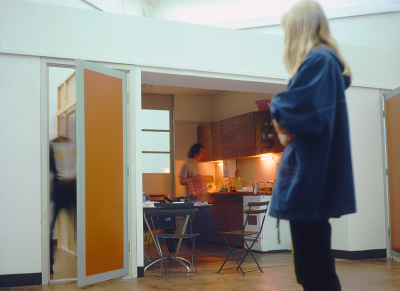
The Kitchen Piece
1995
Rotterdam
In collaboration with Peter
Fillingham
The Kitchen Piece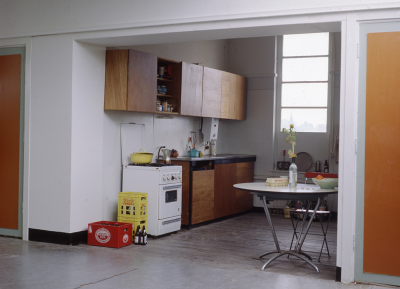
The Kitchen Piece is a mirror image of the original kitchen, first installed in the living space of Jos van der Pol (located in artists run space Duende in Rotterdam), on the opposite side of the original kitchen. In that first situation The Kitchen Piece was not functional, although the appropriate fixtures and connections were available and functional visually. After this first presentation, The Kitchen Piece will never be shown here again but it will always carry this history with it.
The Kitchen Piece is about possibilities and shared potential. It is about differences and sameness. It is fundamental, simple, unromantic, fake, a copy, non-photographic and symbolic. However, it is more than a copy, referring to the originator, which is never fixed, always being used, cleaned and reorganized.
After its first six months lasting presentation in Rotterdam, The Kitchen Piece was deconstructed and transported to London, where it has been shown in Cubitt Gallery in a show together with Tacita Dean, and after that to Amsterdam for a presentation in the Stedelijk Museum, during Peiling 5. In these last two presentations, The Kitchen Piece was fully functional and in use as a kitchen.
Though the structure remained as it was, The Kitchen Piece dealt with its continuing changing contexts, and with different forms of 'ownership'.
In artist run space Cubitt the work functioned as a meeting point for the artists working in the building, and the visitors of the exhibition. In the Stedelijk Museum (where public is always performing as 'public'), the work aimed to break the boundaries between the space of experience and the experience of museum space.
For the whole duration of the show, the work was hosted by Karl Lydon, who kept a diary, made coffee and food, and inhabited the kitchen as his own, while chatting with visitors who joined him at his kitchen table.
Through this piece, the original private space and its context become enlarged and an imaginary line is drawn between the original kitchen and The Kitchen Piece. Wherever it will be shown, it always takes its history, its references, and its context with it, and will add new ones.
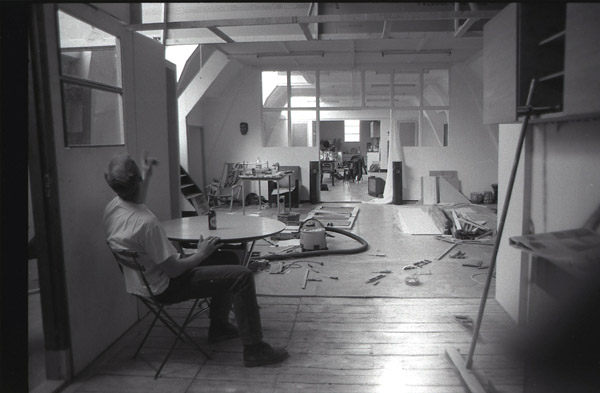 construction
construction
 construction
construction
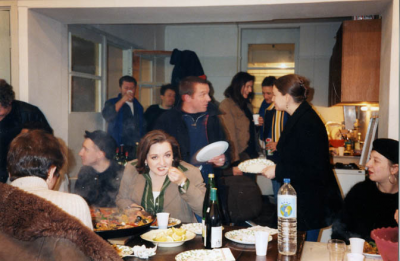 dinner at Cubitt Gallery
dinner at Cubitt Gallery
 Cubitt Gallery, London
Cubitt Gallery, London
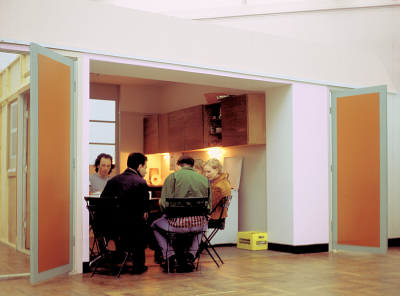 stedelijk museum
stedelijk museum
